When thinking of our nation’s rich history, perhaps the most endearing story is that of the American dream. A nation of immigrants, come for the freedom to make their lives better. Although many immigrants grew discouraged upon discovering the roads were paved with bricks instead of gold, a solid handful persevered to make their dreams come true.
Gaetano Darigo was the start of one such success story. Gaetano was a Sicilian fisherman in 1895. His family moved to America and quickly became involved in the fish business, selling fish from push carts in the street. The family grew rapidly over the years with unions that resulted in the opening of Ippolito’s in 1929. The small retail and take-out storefront was named for Gaetano’s daughter’s husband and is still thriving today. The business continued to grow until Gaetano’s great grandson made the crowning achievement.
Samuel D’Angelo opened Samuels and Son Seafood in 1989 on Lawrence Street in Philadelphia and Joe Lasprogata joined the company as vice president. This was not the last move for the company. Over the next decade Samuels continued to grow, eventually dominating the east coast with deliveries available nationwide. Samuels currently has about 70 trucks making deliveries over a 300-mile radius six days a week. If it’s fish in Philadelphia, it is probably from Samuels.
Samuels’ large reach allows the company to offer a large selection of seafood, so the company can cater to a vast array of purveyors from restaurants and hotels to catering businesses and even local grocery stores including Weaver’s Way and The Swarthmore Co-op. Samuels, even with its large delivery range, is a relatively small company, which further ensures their stock is constantly rotated and no product is sitting around a warehouse for weeks on end.
Samuels’ 60,000-square-foot facility on Lawrence Street in Philadelphia is structured for convenience. The facility is constantly receiving deliveries from around the world, with fresh product arriving throughout the night and frozen goods all day. The entire facility, outside of the freezer, is kept at 35° F. This helps to keep the product fresh, and experience has shown that the 35° environment allows a two-to-four day shelf life, ensuring seafood from Samuels will always be fresh.
Next to the receiving dock is the freezer section with products such as shrimp, whole crabs and lobster tails. Beside the freezer section is refrigerated dry cold storage, used to store Samuels’ large selection of pasteurized crab meat. Pasteurized crab meat was a huge help to the crabbing industry; previously crab meat was a highly perishable good, and the introduction of pasteurized crab rocketed the shelf life from less than five days to up to three months.
The next cavernous room in the Samuels’ facility is the main hub of activity. This is where all the fresh fish are cleaned, scaled, gutted, filleted and stored. In the cutting room, the fish are broken down to the desired cut. About 90% of the whole fish that Samuels brings in get broken down. The room is cleaned with ozone water, which has an extra oxygen molecule that oxidizes any bacteria that may be present on the fish. This room is filled with cutters breaking down fish in the blink of an eye by hand (Samuels does not use machinery to clean their product). Off of the main room is the kosher cutting room, where one cutter works with a rabbi to produce Samuels kosher products.
Also in the cutting room is a line of tuna waiting to be processed. A whole tuna is truly a sight to behold and has an interesting tale; they are generally between 80 and 120 pounds when caught, and must always be moving throughout their lives. Vice President Joe Lasprogata is a marine biologist with a degree from the University of Long Island. He explained that a live tuna’s internal body temperature is 2–3° higher than the water around it.
When stressed, the fish will thrash and struggle, further raising the fish’s body temperature. This is why the method in which a fish is caught is so important, Lasprogata said. If the fish is caught or brought in the incorrect way, the flesh is damaged to varying degrees. This is where different grades of tuna come from. A number-one sushi grade tuna is optimal. In this situation, the fish is not stressed during the hooking process and the body temperature remains close to normal and the resulting flesh is just as it should be.
The next stop is the storage center for fresh fish. Here, there are rows upon rows of product packed in boxes with ice. Lasprogata proudly shows off some of the fish that are gaining popularity in the region, including black sea bass, walleye pike and squid. Lasprogata explained how these species were overfished in the wild, resulting in diminishing numbers. With new sustainability policies, these species are beginning to make a comeback and are again widely available.
Squid especially has an interesting story, as it is gaining popularity on the East Coast. This is wonderful, as squid is currently very available, relatively affordable and really quite tasty. However, in the wild, many species rely on squid as a food source, so its growing human popularity requires more fishing, which means less squid in the ocean, which affects the other species eating squid. This is why sustainability regulations are so important in the fish industry.
Salmon, of course, is Samuels’ number-one product. Selling through 65,000–70,000 pounds a week, Lasprogata explained how important it is to have a large variety of salmon, both farmed (an industry referred to as AQUA farming) and wild caught. There are several different salmon farmers that are currently gaining identities and making a name for themselves. Samuels strives to help these new farmers by spreading information to their loyal consumers.
There are two more rooms in Samuels’ facility before reaching the delivery dock, the live lobster room and the shellfish room. The lobster room boasts a sophisticated filtering system that pumps about 15,000 gallons of seawater through a champagne glass trick of tanks containing different sizes and breeds of lobster.
In the shellfish room are littleneck clams and several specialty clams including cockles, manilas and razor clams. There are also around 60 varieties of oysters from the west and east coast. Lasprogata explained how oysters are grown these days by saying, “farmers are ‘tumbling’ their oysters. Tumbling knocks the individual oyster from the bunch(in which) it grows, loosens debris and helps to form a deeper and more-rounded cup.”
From the lobster and shellfish rooms, Samuels’ facility ends in the loading dock where orders are dispatched. There is also an area where pick-up deliveries are filled with a small showroom and sushi-grade fish are processed. This section boasts a produce center, where Samuels brings in natural produce foraged by off-season fishermen.
The produce program is one of Samuels’ many endeavors to bring more to their customers than competitors. Other programs offered at Samuels include a chef series where customers can get an inside look at new products with local and national chefs.
In the coming months, Samuels will be co-hosting an invite-only event at the Baltimore Aquarium in conjunction with Monterey Bay Aquarium to educate on sustainability. Samuels believes that it is important to educate their consumers so the patron can further understand the food they are purchasing and eating.
Upon leaving Samuels and Son Seafood, Lasprogata imparted one last bit of wisdom. He mentioned Ippolito’s at 13th and Dickinson streets in Philadelphia. Ippolito’s is Samuels and Sons’ founding father, so to speak. The historical business is a small storefront with some retail seafood as well as takeout fish, shellfish and a variety of other options.
Final thoughts on Samuels and Son Seafood? It is the American dream, come to fruition.
Find Samuels and Son Seafood at 3400 S. Lawrence St. in Philadelphia; phone: (215) 336-7810.
- Photos: Gwen Moore
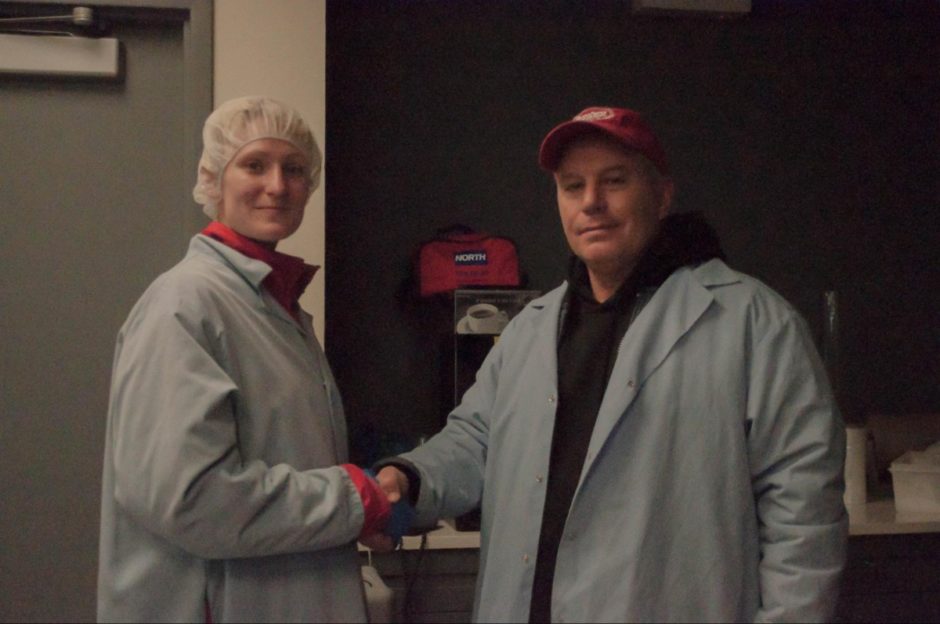
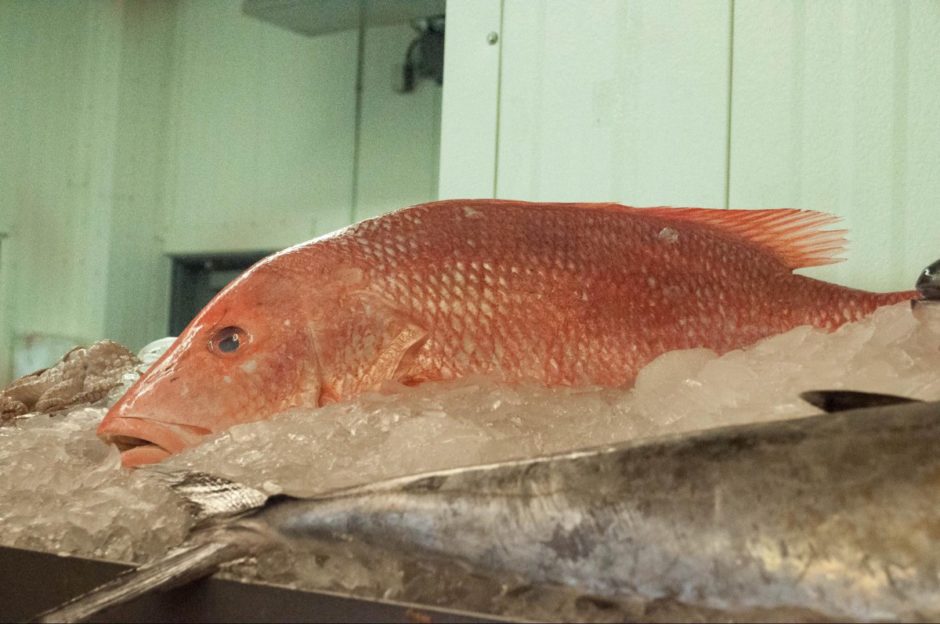
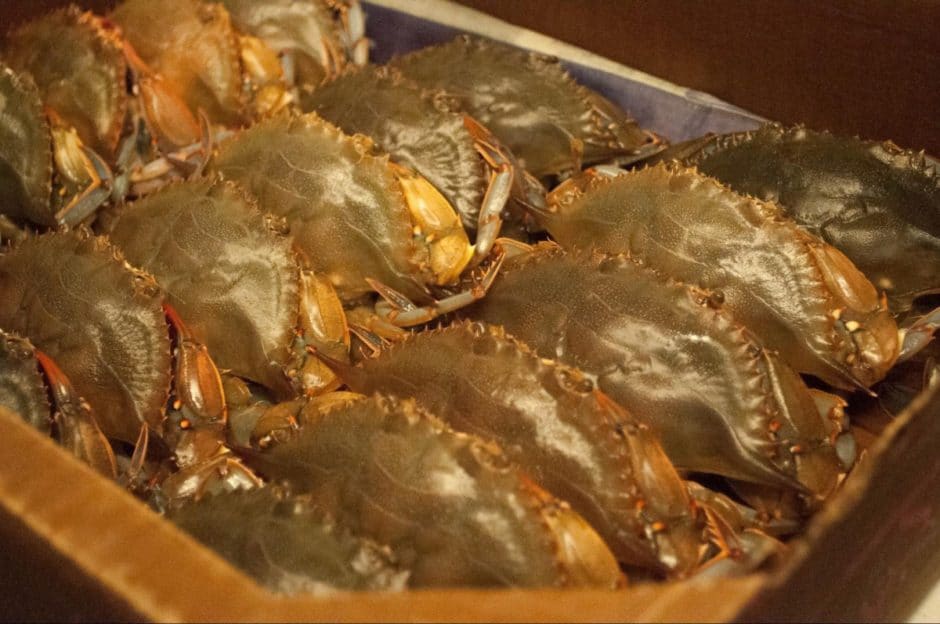
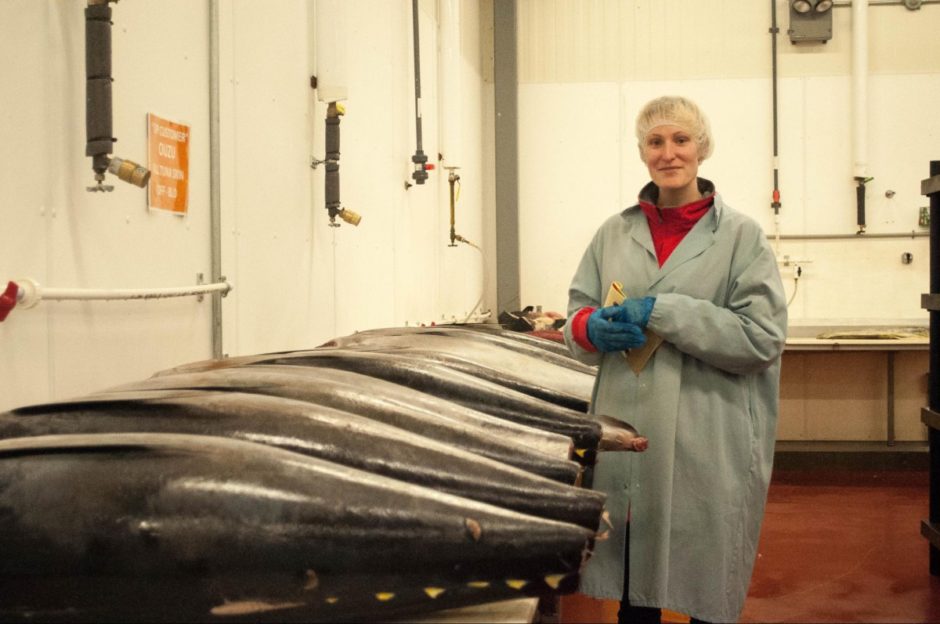
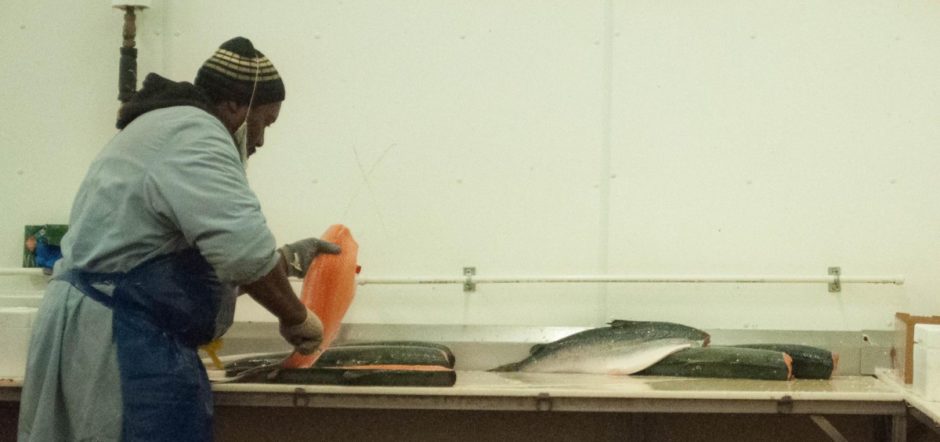
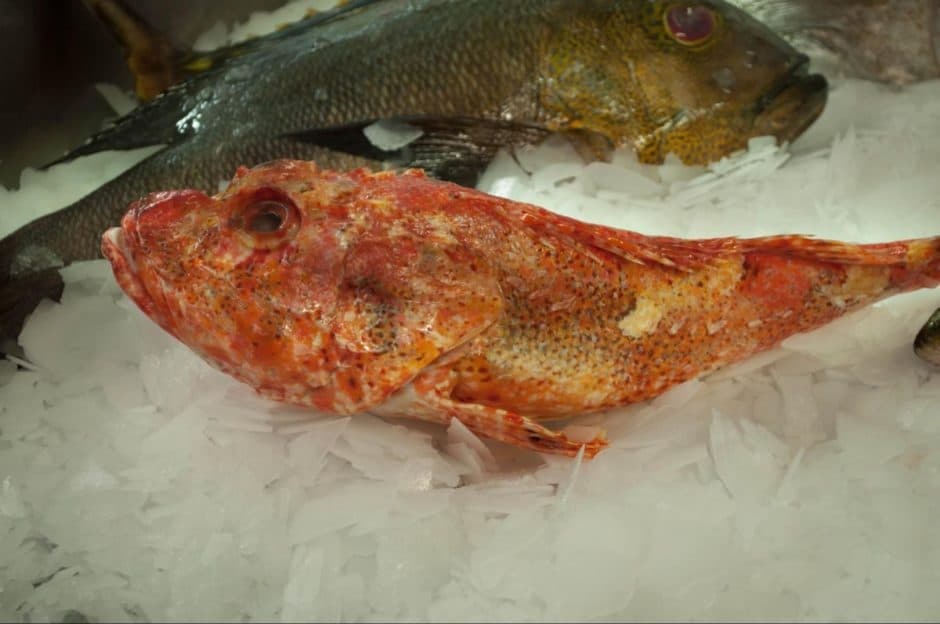
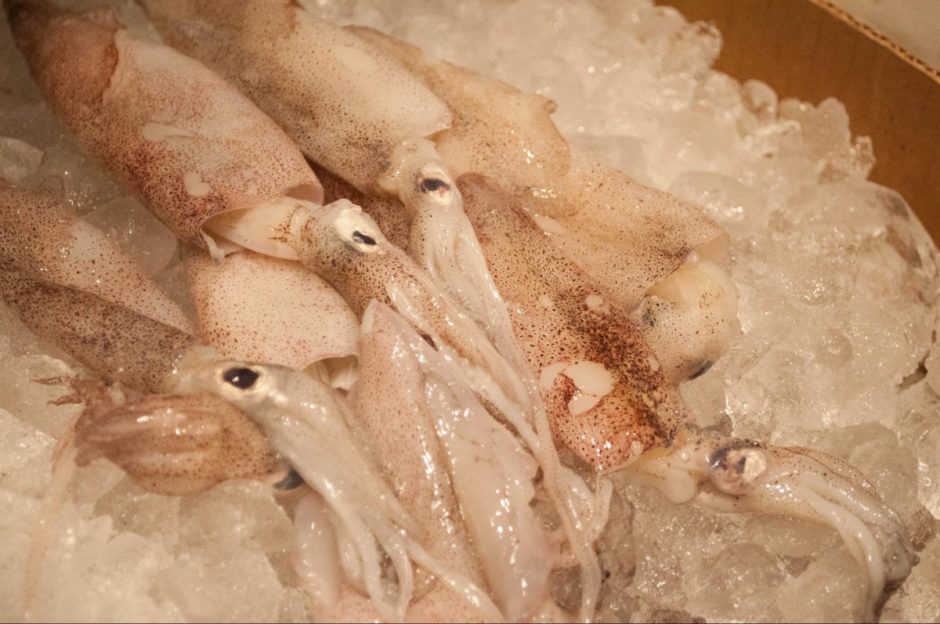
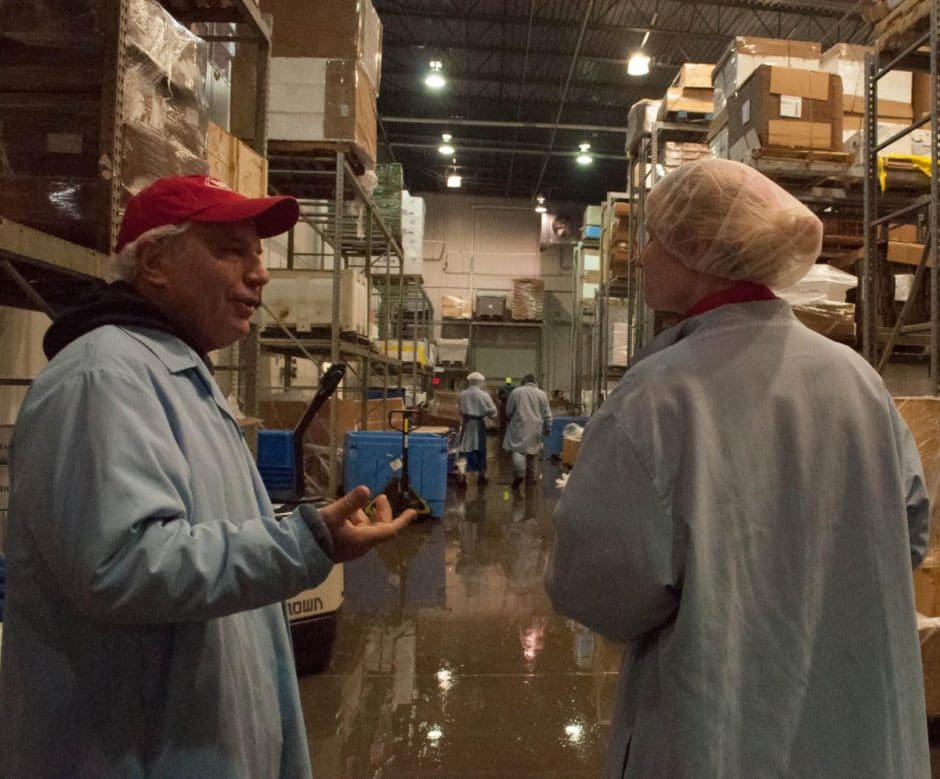
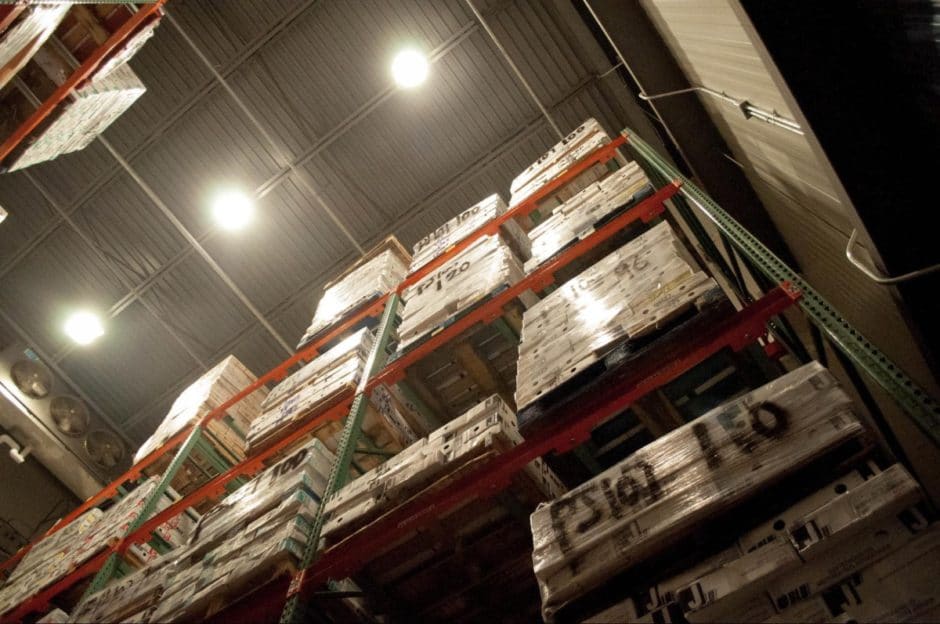

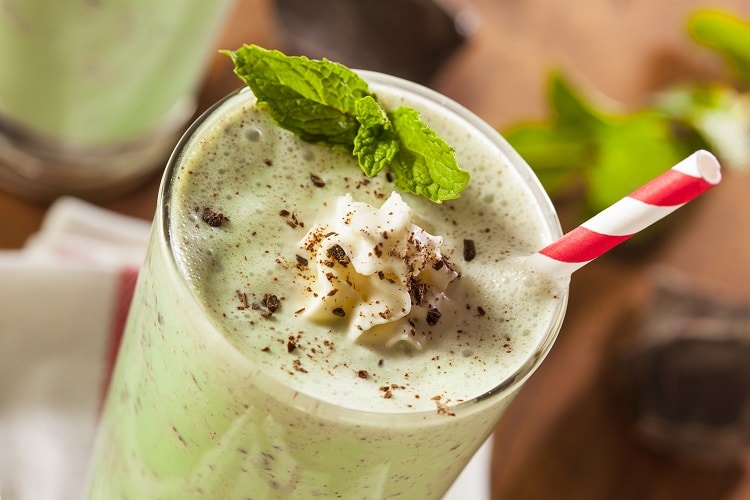


2 Comments